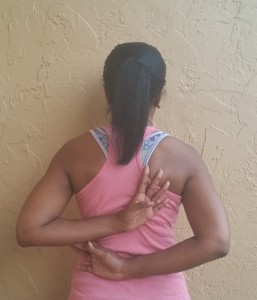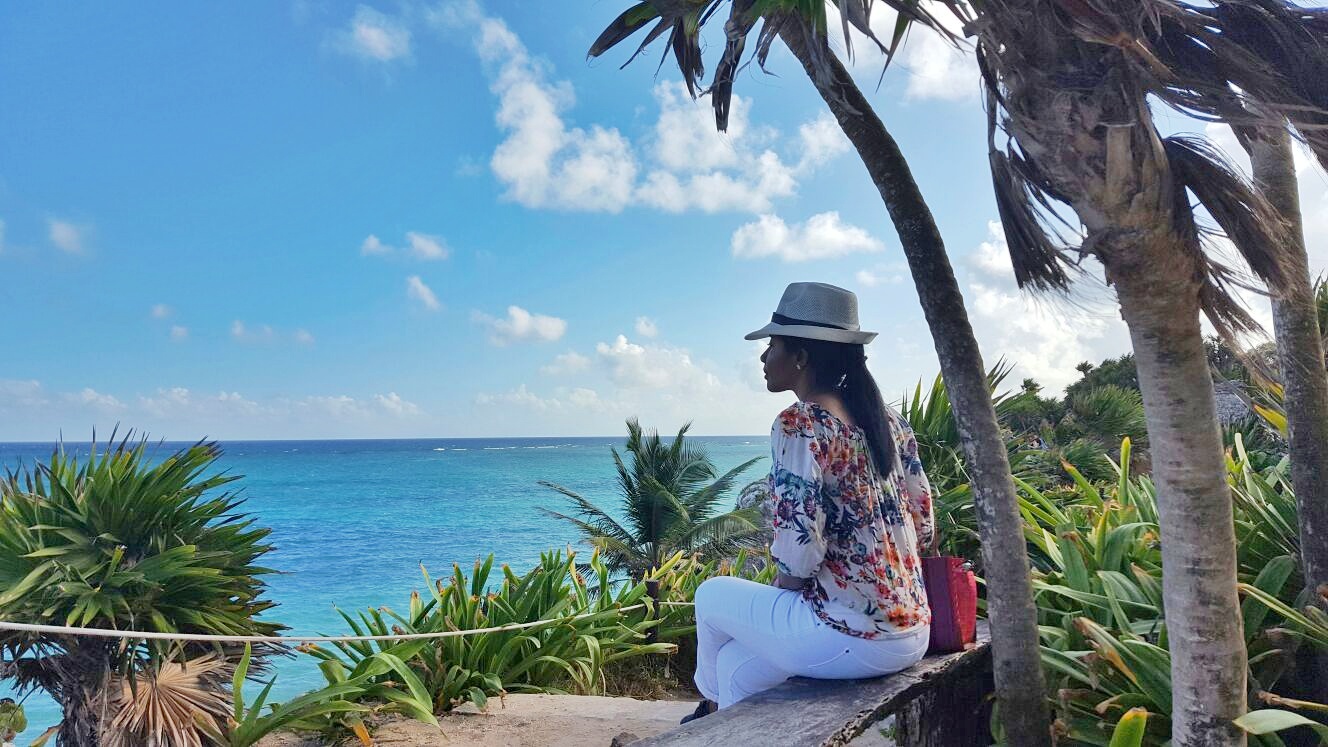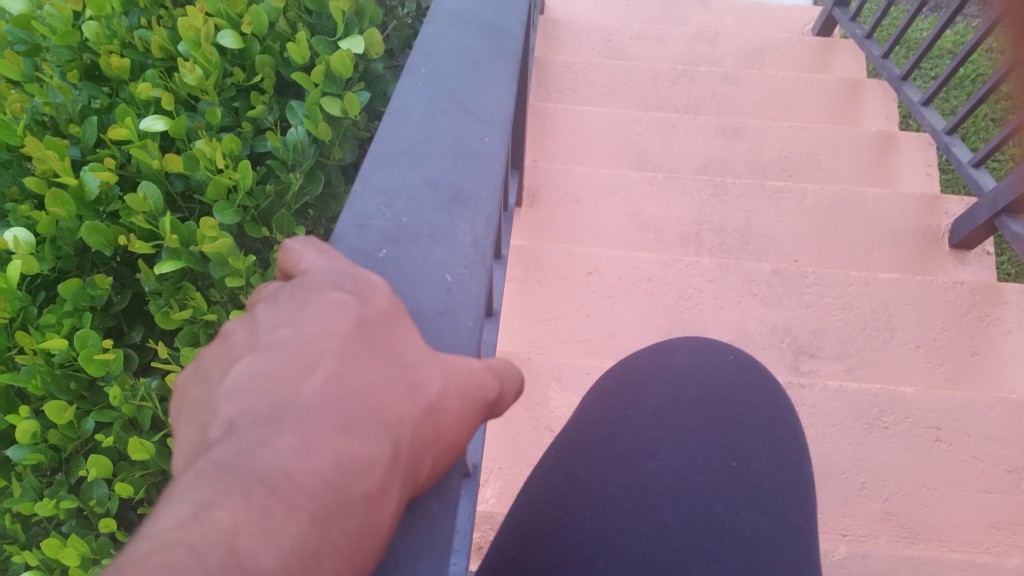Some people have to deal with the occasional accident while others, like me, live with the unsettling knowledge that frequent mishaps will occur. I won’t mince words here: I am a walking disaster. Full stop.
Suffering from involuntary awkwardness isn’t a good thing. This unwelcome ‘malady’ is even more bothersome when you travel because accidents take on more significance and have a greater ripple effect when you’re on unfamiliar ground. Based on some of my most noteworthy klutz-inspired experiences, I decided to share a few easy and effective tips that may help other accident-prone travelers like me.
Remain stationary when you’re in transportation that is moving
That rule applies to convertibles, buses, trains and boats. Take my word for it because I know the dangers of which I speak.
Like I shared in my blog intro, I fell headfirst down the steps of a packed double-decker bus in London and that happened because i began my descent from rhe top level while the vehicle was still moving. I’ll be honest, I made such a ruckus during my Olympic-worthy dry dive that in between righting myself and trying to figure out where I was bleeding, the shocked passengers had to yell for the erratic driver to stop. The next day, I ended up in the emergency room to have the narrow yet deep gash near my eye closed.
10 days later, I got the stitches removed in a private doctor’s office in Madrid, the city that I had scheduled for the next leg of my European trip.
Wear terrain-appropriate shoes and clothing
Don’t ask me how I do it but I seem to have the uncanny ability to trip anywhere – even on flat surfaces – so I’ve learnt to be purposeful about the shoes and clothes that I pack. I now travel with comfortable shoes for walking and ladies, remember the stilettos work marvelously when you’re trying to look cute but they don’t work as well when you are trying to hang on for dear life. Do you really think those heels will give you enough traction to stop quickly when you’re skidding or free falling? No, they most certainly will not.
Also try to avoid overly long dresses or pants that can inhibit your gait or stance.
Use hand-rails
This should go without saying. If you are climbing or going down steps, it’s always safer to use the hand-rails provided. Grip them hard and then grin and glide gracefully. At all times, move with that “I’ve got this” game face on!
Be aware of your surroundings
This bit of advice comes from my sister and she routinely drills this into my head. Admittedly, I am not guilty of walking with headphones on or of holding my head down to fiddle with a mobile phone. But my mind is constantly whirring, so sometimes I mentally check out.
Never do that. Stay present in the moment, glance around you and always look up and look down. Take a cursory inventory of the walls, the entranceways, your pathway, passersby, traffic and any other potential obtrusion or hazards that could be detrimental to your health… and ego. Believe me, it’s not particularly empowering to gaze up at gawking and gasping onlookers from a spread-eagle position on the ground!
Walk, even if you feel to run
It’s a simple yet reasonable rule and the reality is, no matter what, you’ll get where you’re going eventually. After all is said and done, the world won’t end if you arrive a little later than planned. Just relax and breathe…you’re on VACATION.
I learnt this lesson the hard way during a 2014 trip to Tobago. In an effort to avoid getting wet from a light drizzle, I opted for what can only be attributed as light trot – not brisk walk – from poimt A to B. Bad idea! Casually dressed in palazzo pants, a loose tank top, and today’s equivalent of clogs, I was unabashedly oozing some serious elegant-resort-wear swagger.
But all that Caribbean chic mojo quickly evaporated into the moist night air after I bid good-bye to my friends. The combination of a slick surface, my hurried movement and billowing trousers resulted in an ungainly fall I never saw coming. One minute I was upright and in the next, I was not. You should have seen how speedily the pavement came to greet me! I’m guessing it was less than five seconds flat; way faster than the time it would take Usain Bolt to burn up a 100 meter track.
With arms flailing and my purse tethering dangerously close to clobbering my head, I threw my hand out to break my fall and said a reticent hello to the hard surface with my right elbow. Please note, this surefire act of gracefulness was witnessed by the friends who had dropped me off AND by my out-of-body and mortified ‘this really could not be happening to me’ self. Somewhere in the midst of this unfortunate melee, I heard the distant call of one of them asking if I was okay.

I shouted a shame-faced yes, scampered up quickly, and rushed to my room. The next morning I woke up in disbelief as I had to deal with inflammation and pain that lasted quite a while. A series of first-aid treatments and medical tests followed. Months later, I discovered my prolonged discomfort was caused by a minor tear and a spur in my shoulder tendon. While writing this (July 2015), my range of movement in the front is far better than it was a year ago but it still is not back to normal in all respects.
Pack a basic klutz kit
When you are a walking poster child for accidents, it’s always a good idea to have basic first-aid treatment handy. I suggest packing bandages, cotton, gauze, antiseptic cream and anti-bacterial wipes at the very minimum.
Get travel insurance
By travel insurance I don’t mean plans that simply cover things like lost luggage or flight cancellations. Calamity Janes and Joes, we need to have insurance coverage for medical emergencies as well. Check your private- or employer-based plan to see if you are free to seek medical treatment while overseas and if so, ask up to what value. If travel is not covered, purchase a short-term policy from one of the multiple travel insurers that are online.. Be thorough in your research and choose wisely!
Editors Notes:
My calamities make for good stories and I chuckle at them frequently but from a more serious perspective, being clumsy can have long-term effects and it can be costly. So, I caution you to be careful.
Due to my shoulder injury, the costs incurred added up. After paying out-of-pocket for the x-rays; muscle relaxant and anti-inflammatory tablets; MRI exam: doctor and specialist viaits: cortisone shot; and out-patient facility therapy sessions, my trip to Tobago ended up being far more than what I spent on airfare, accommodation and spending money combined. It also left the door open to some inconveniences. For example, even now, I can’t zip up a dress and I am unable to work out like I used to. I don’t regret going on the trip though because I was able to see college buddies I hadn’t connected with in years.
I’ve shared all this in the hope that someone will learn from my experiences and consider using some or all of these tips on his or her next trip.






I can definitely relate – actually my husband, (and he will never admit to being a klutz!! – YES he is an absolute calamity Joe).
Thanks for candidly sharing YOUR story & suggestions – the travel insurance will be a must for him. .
Thanks! Tell your husband the first step is to acknowledge that he, like me, needs to anticipate the possibilities as that helps to minimize the potential drama. Lol